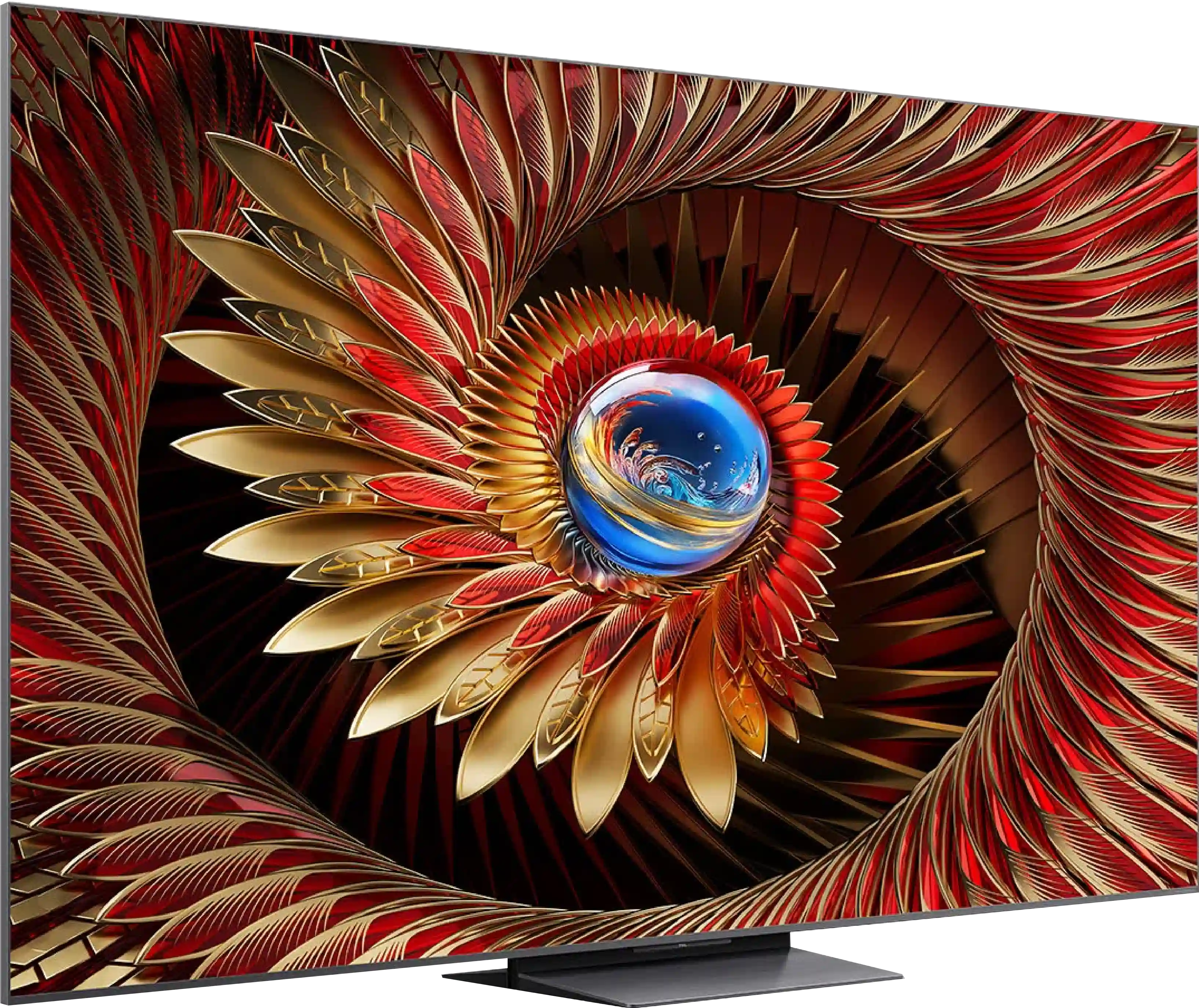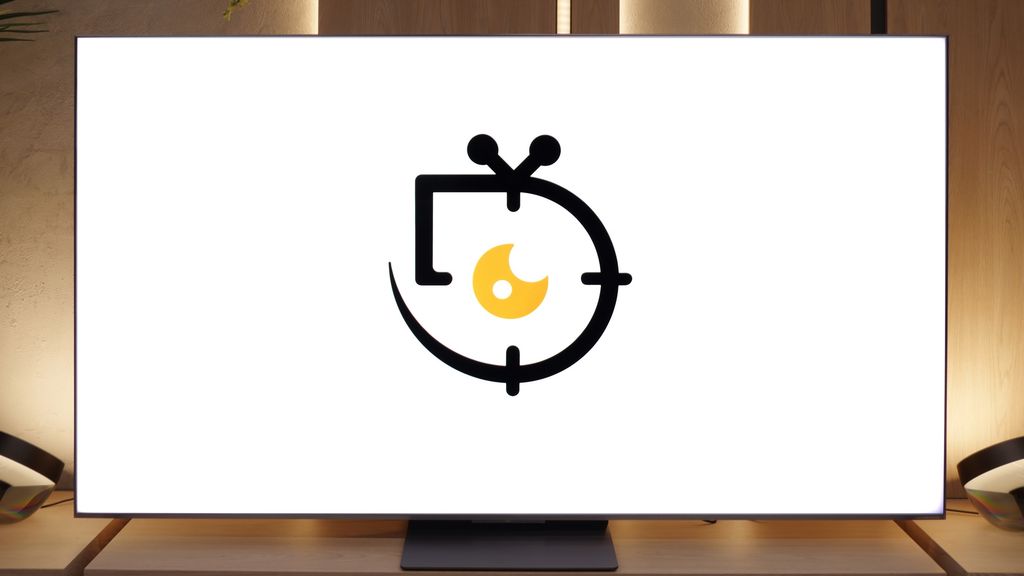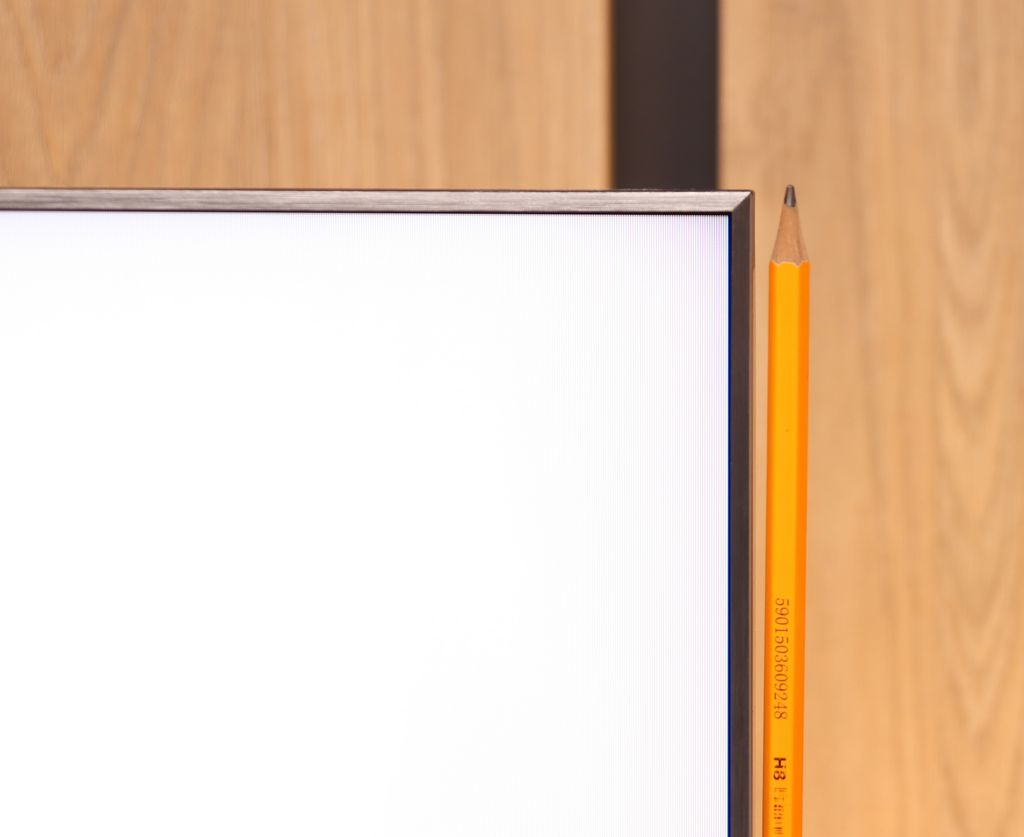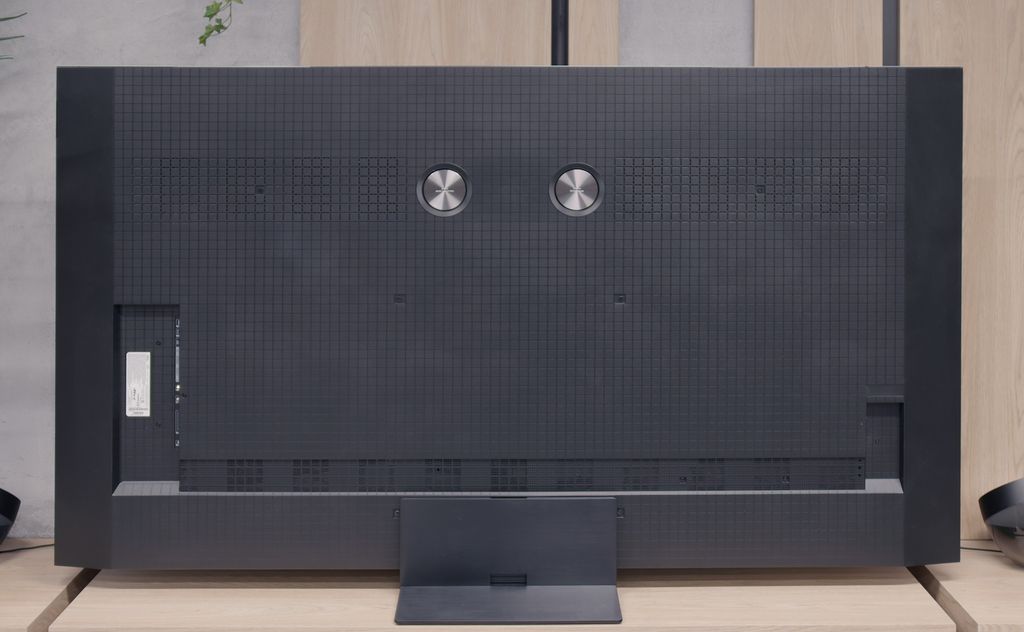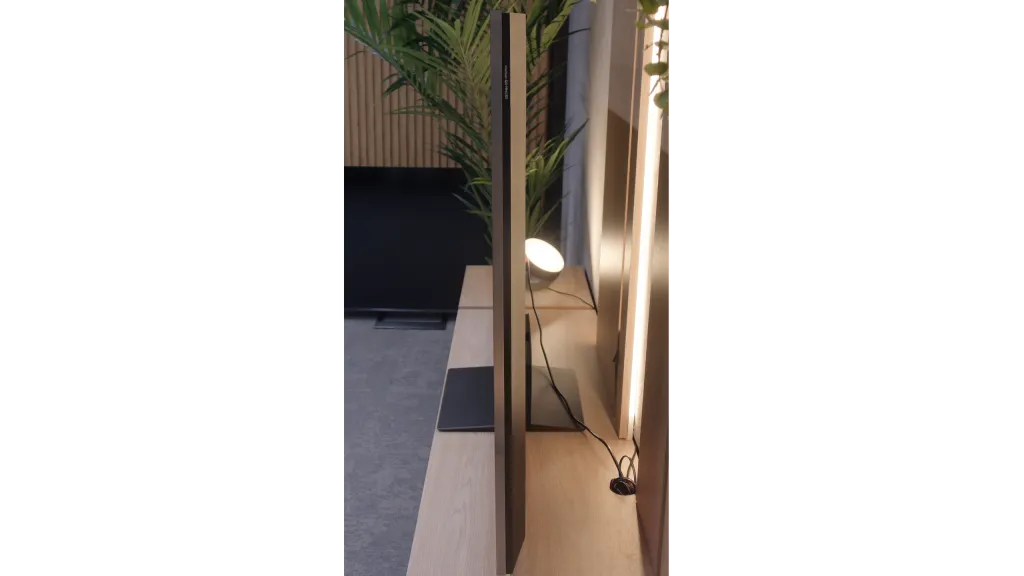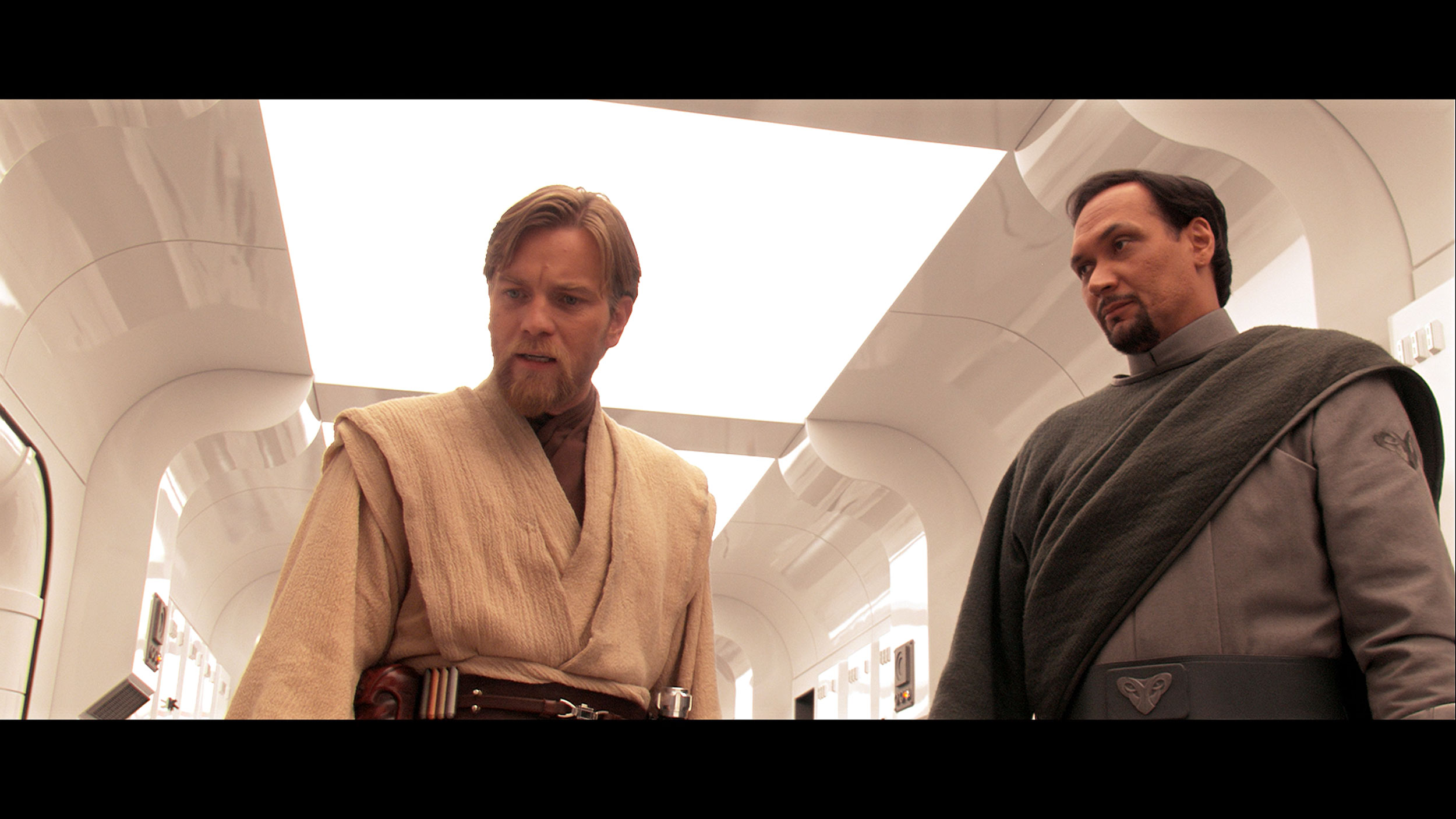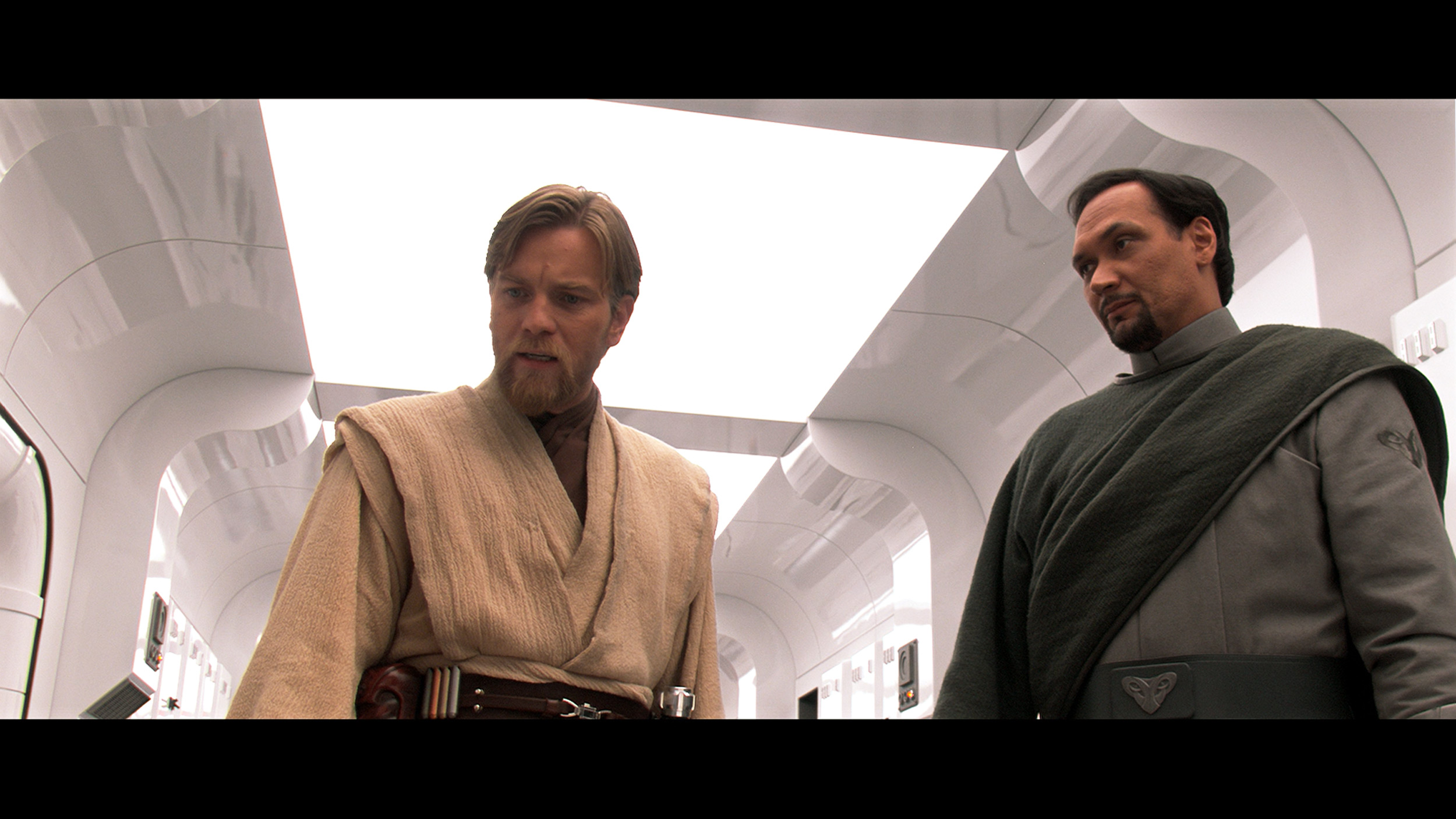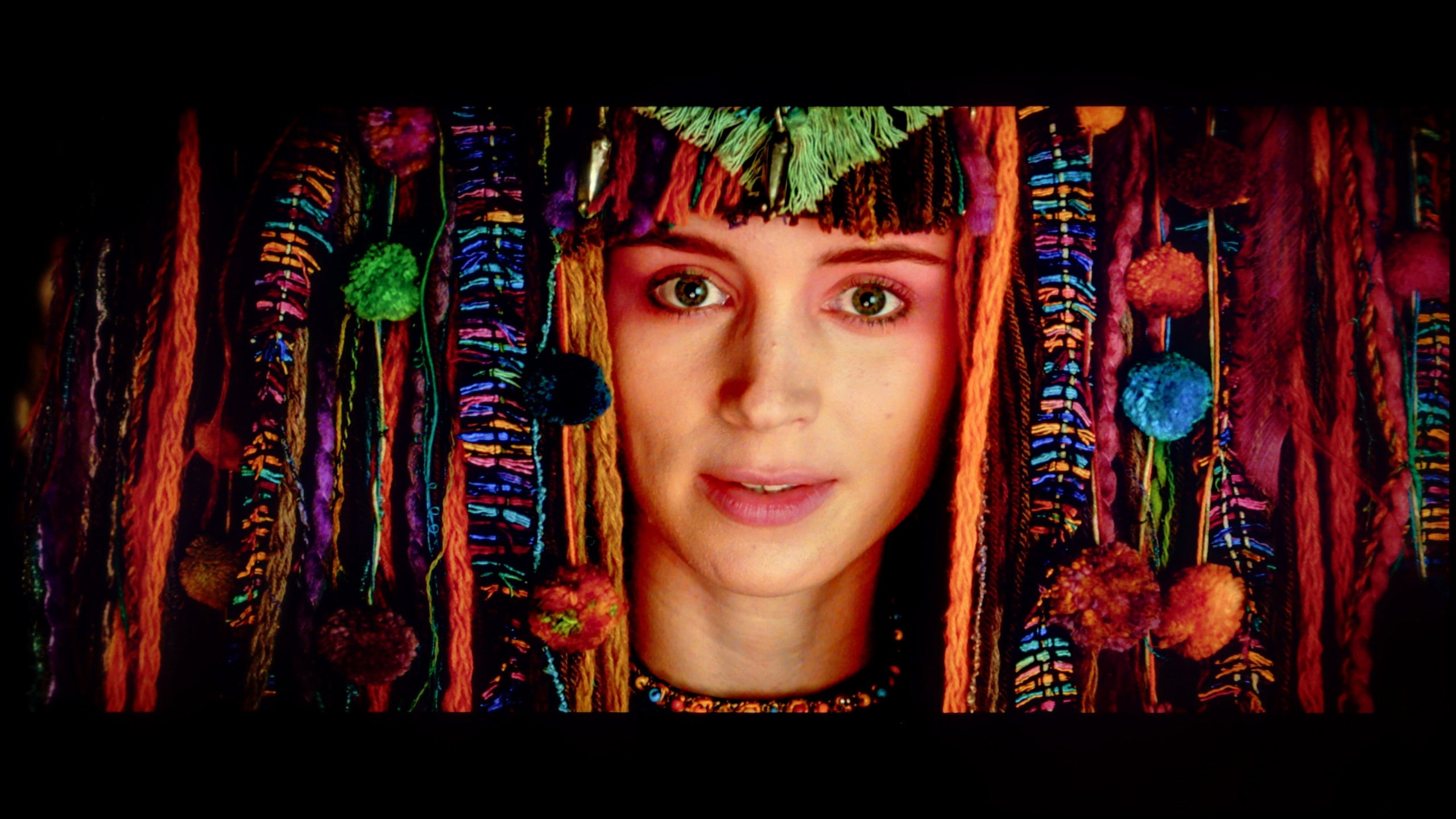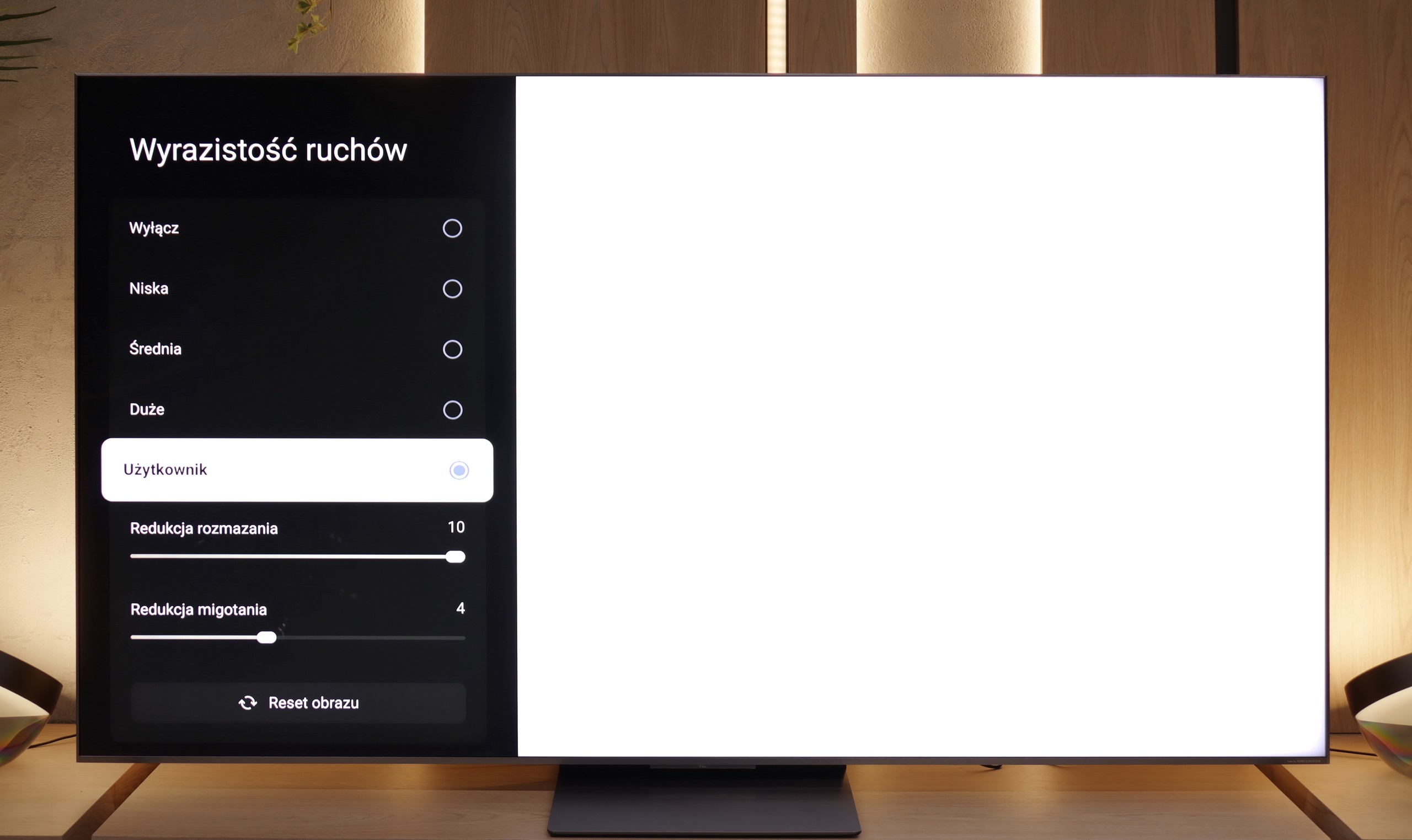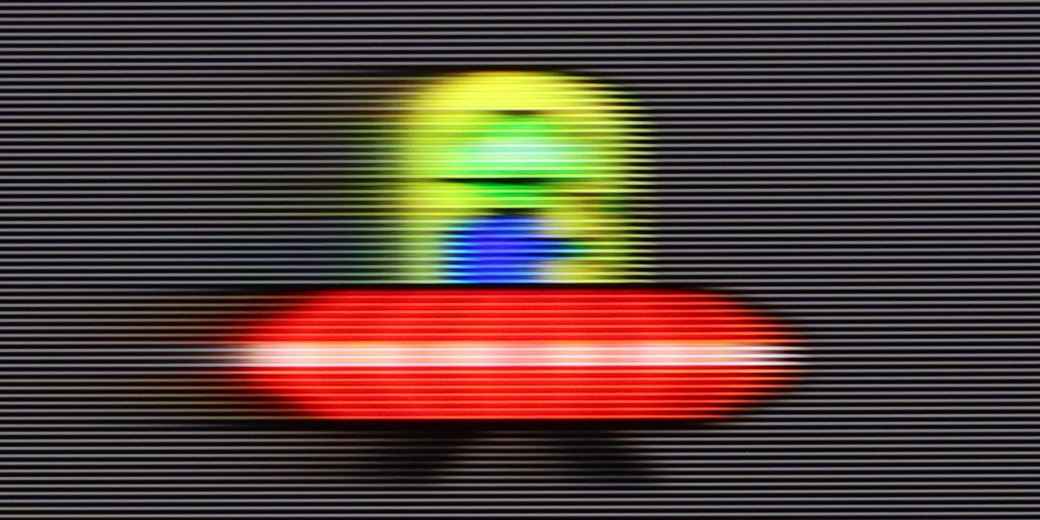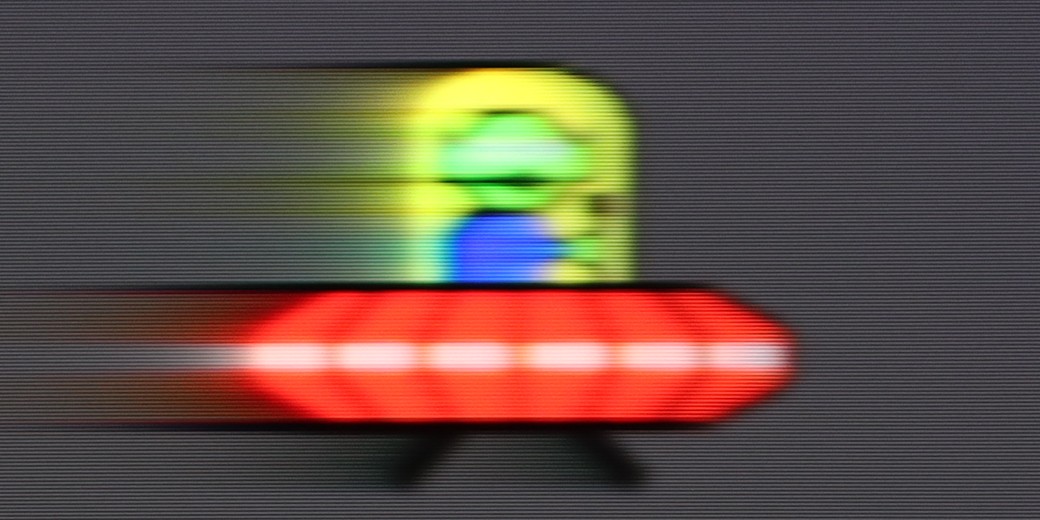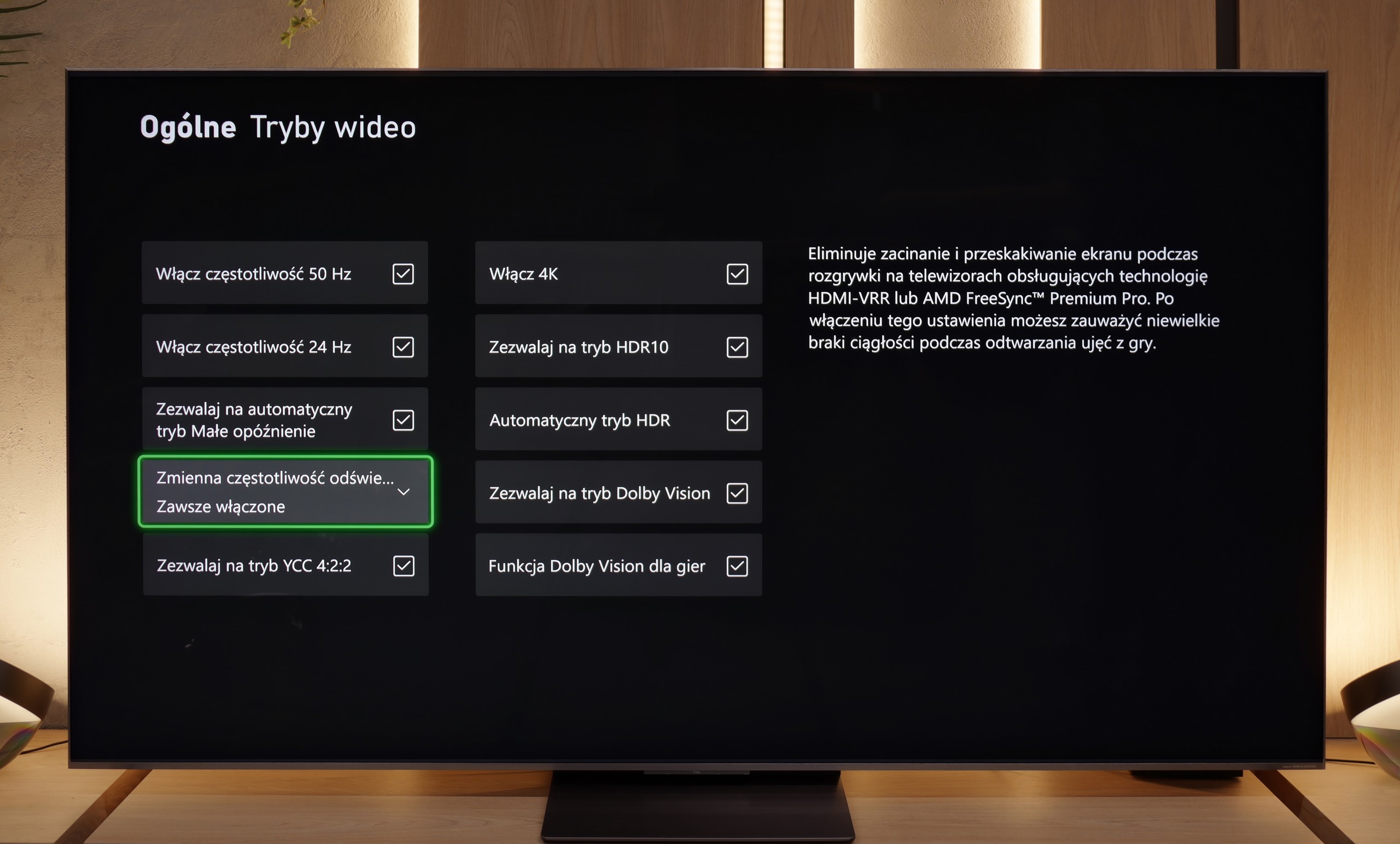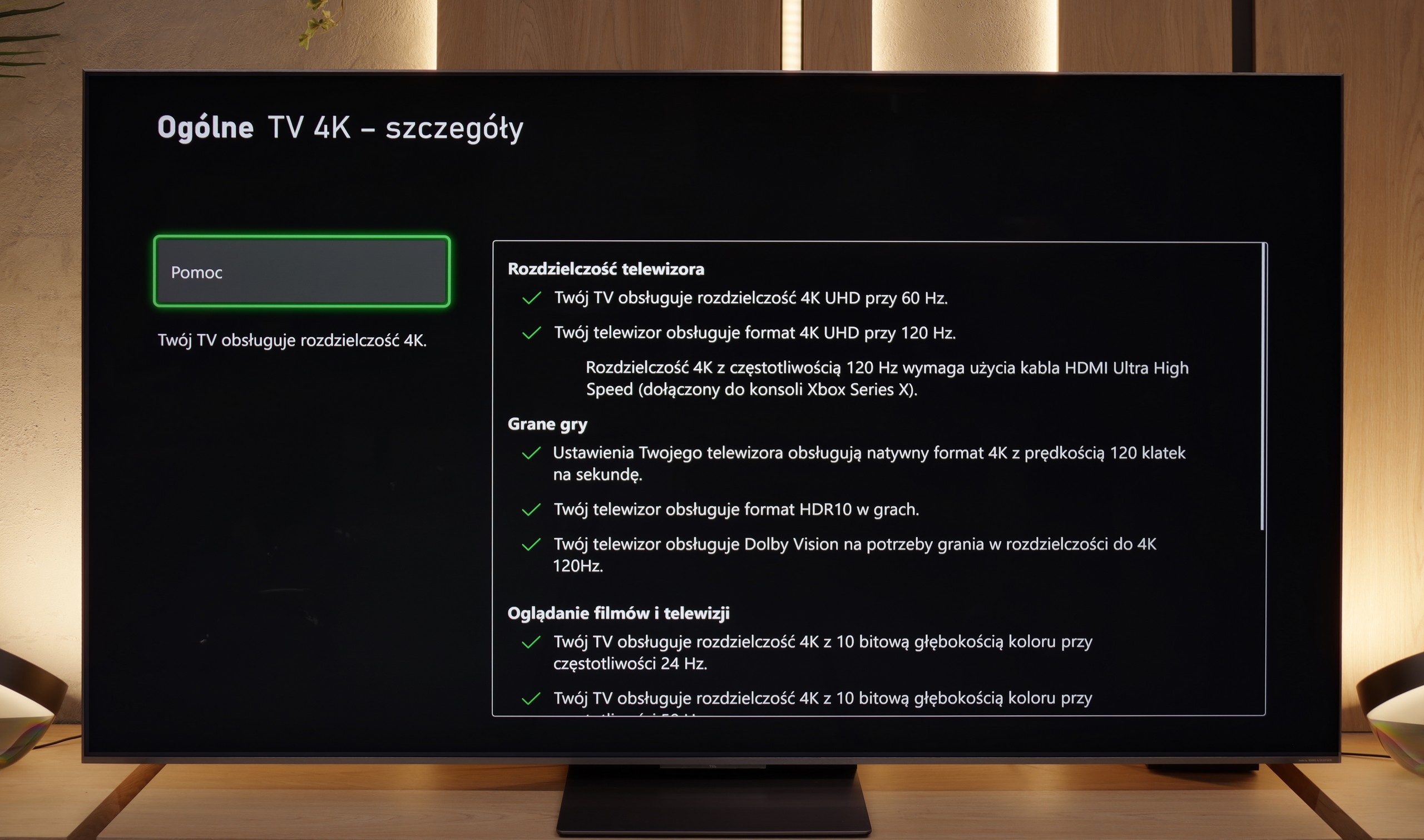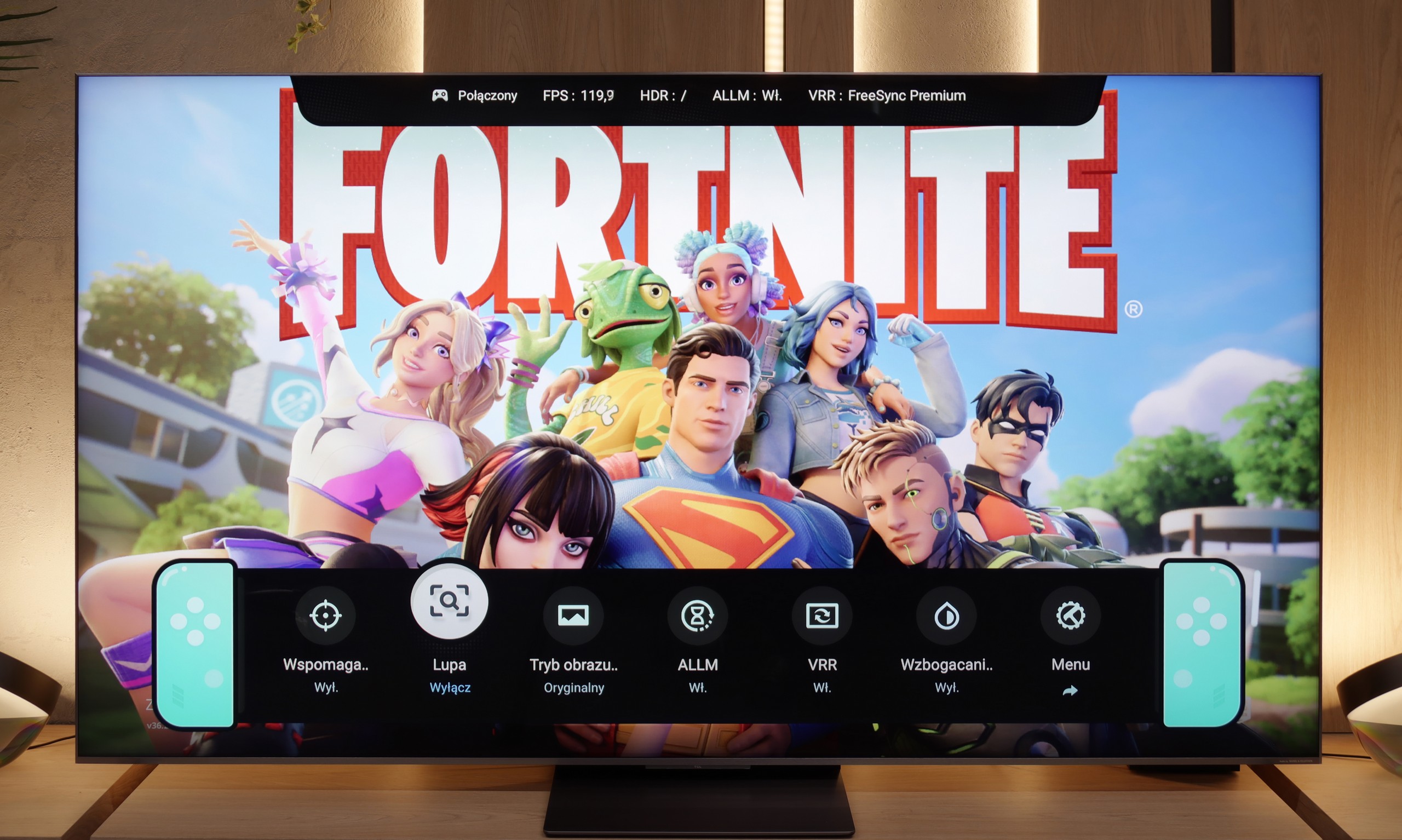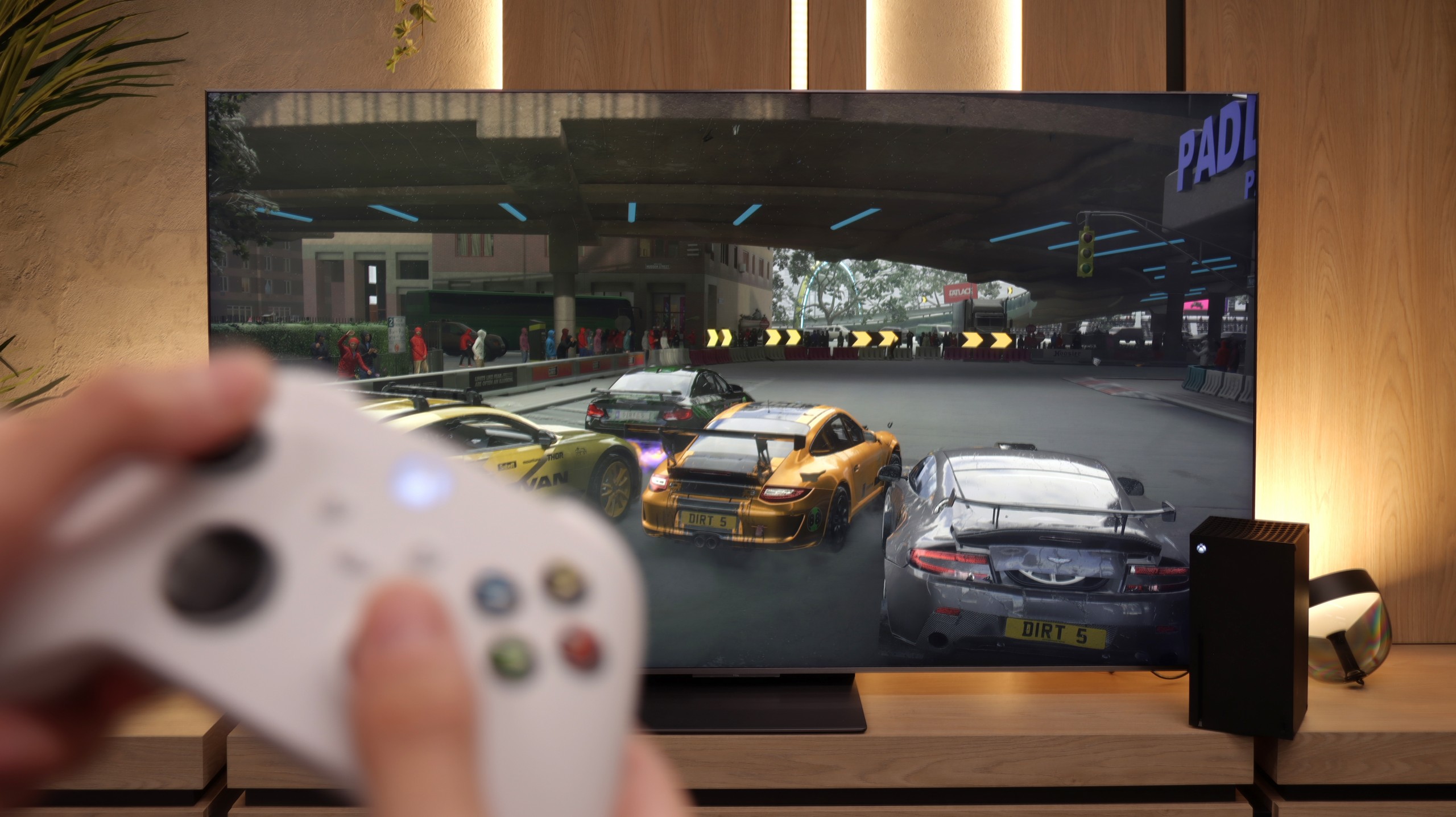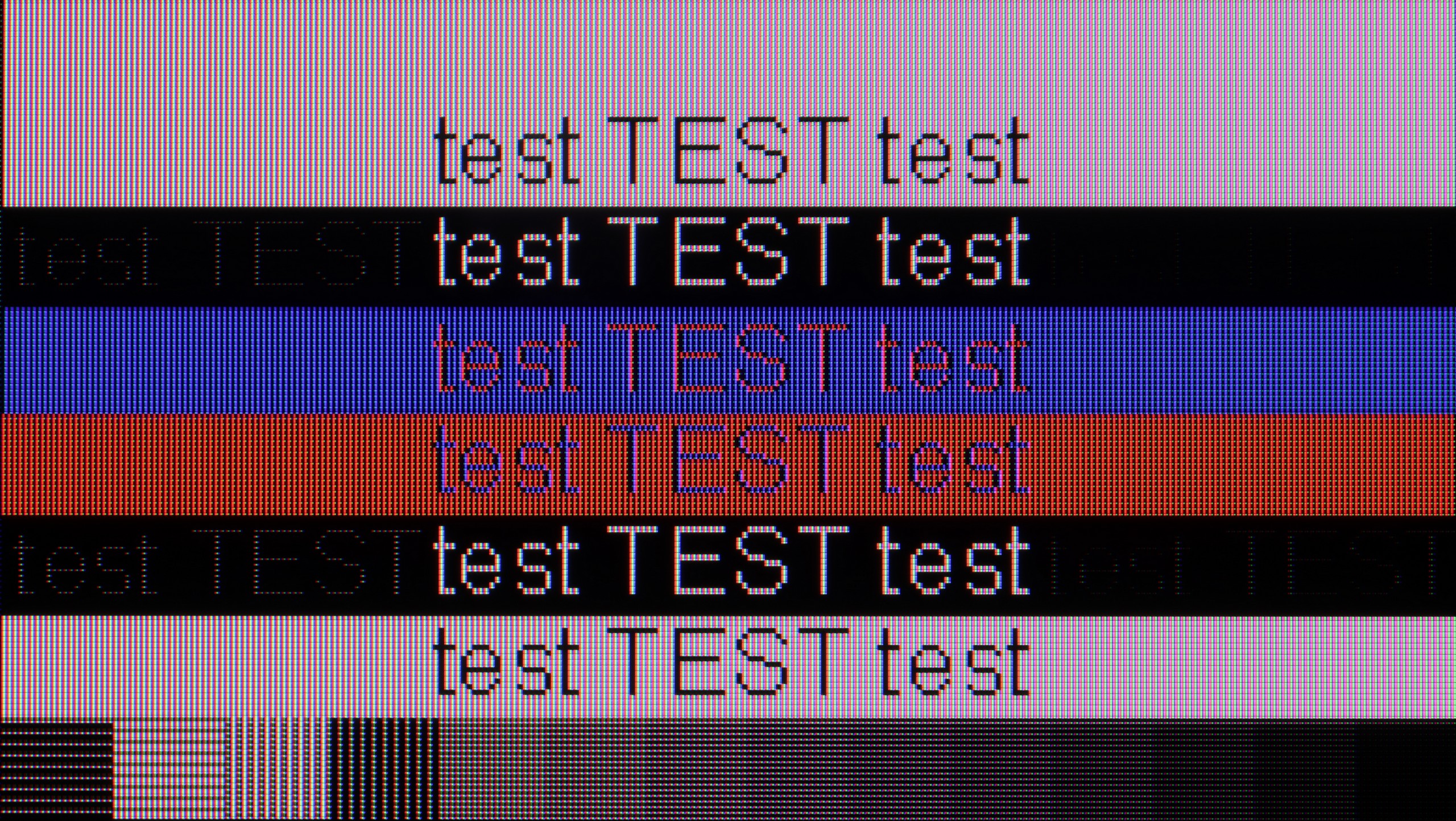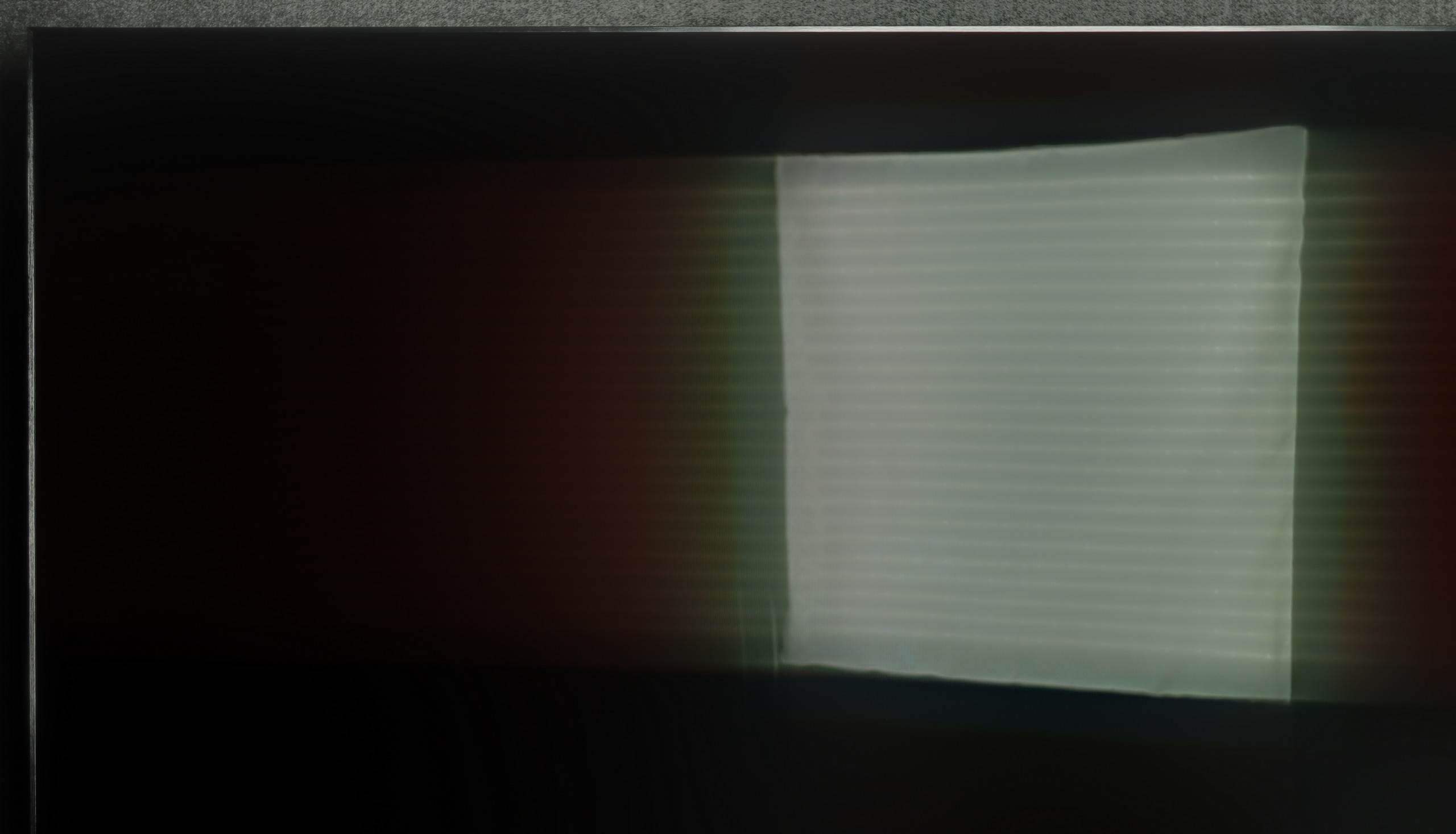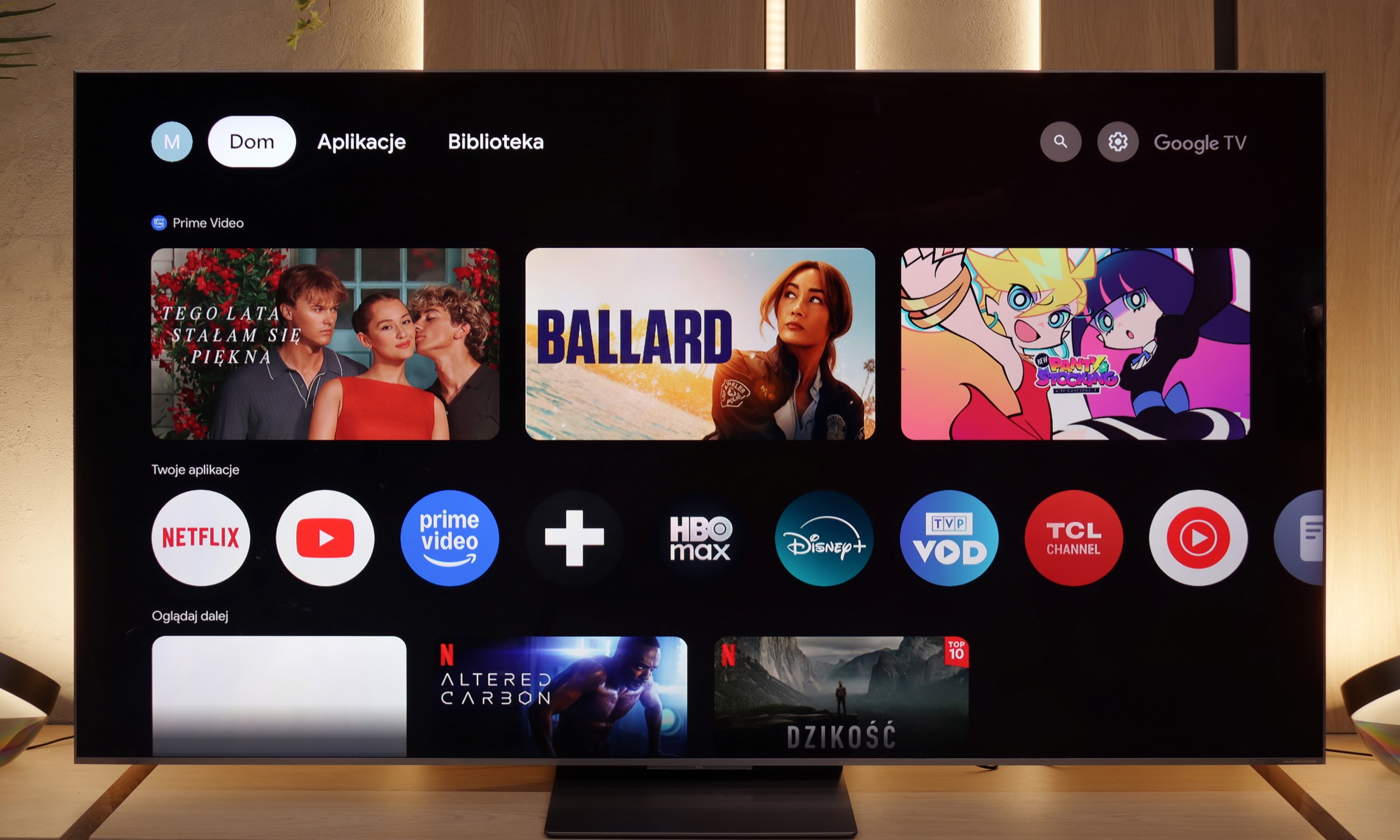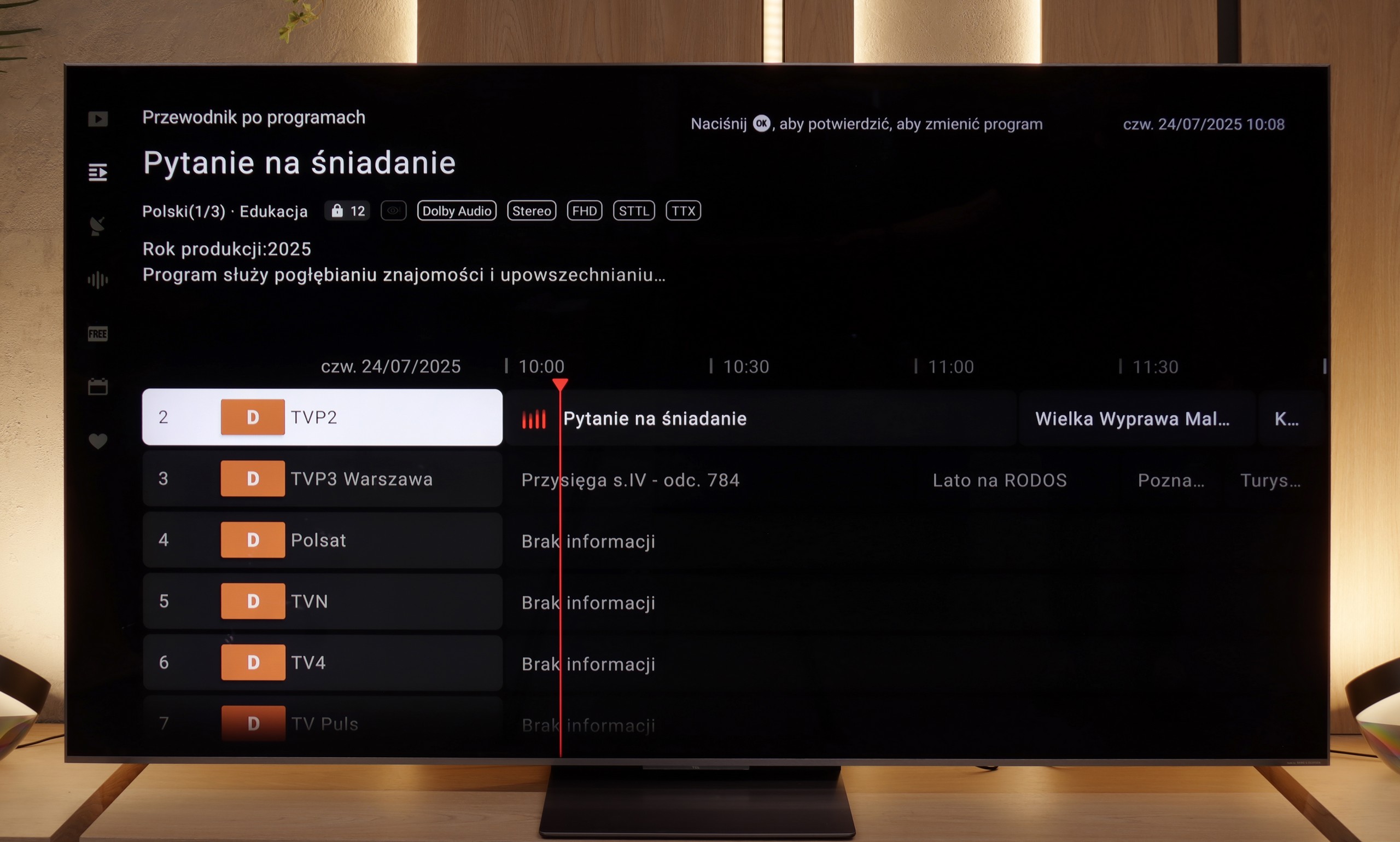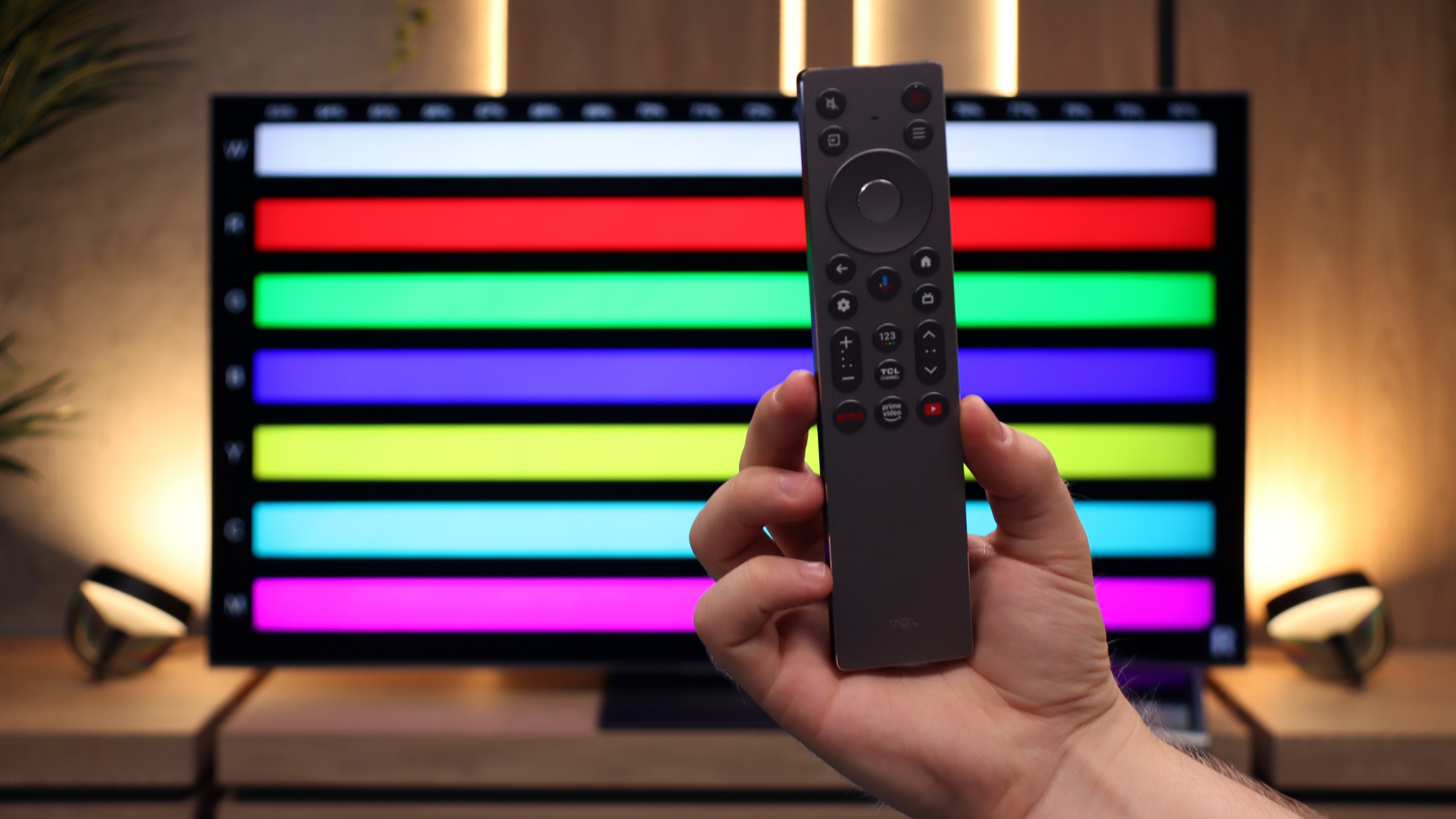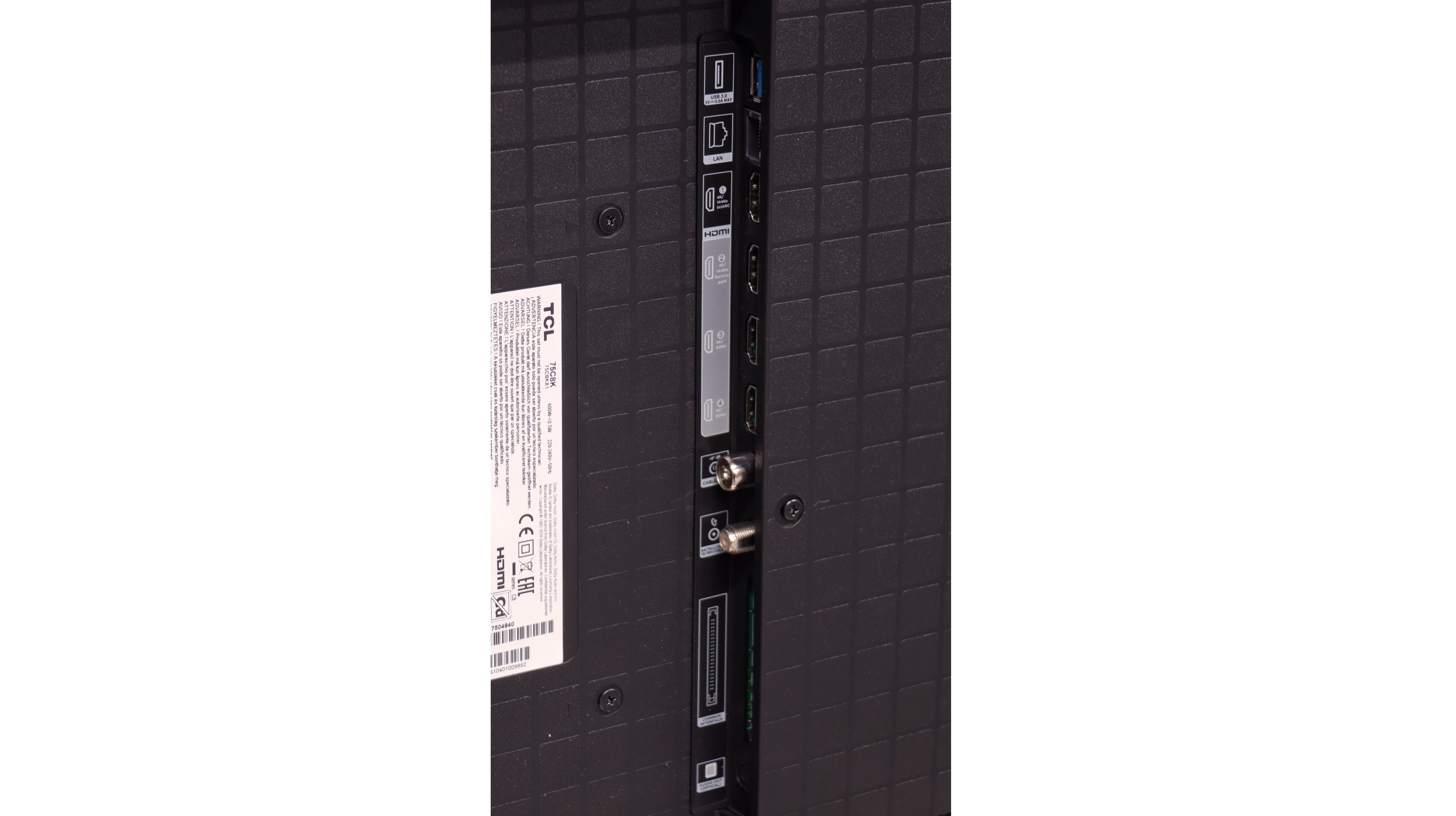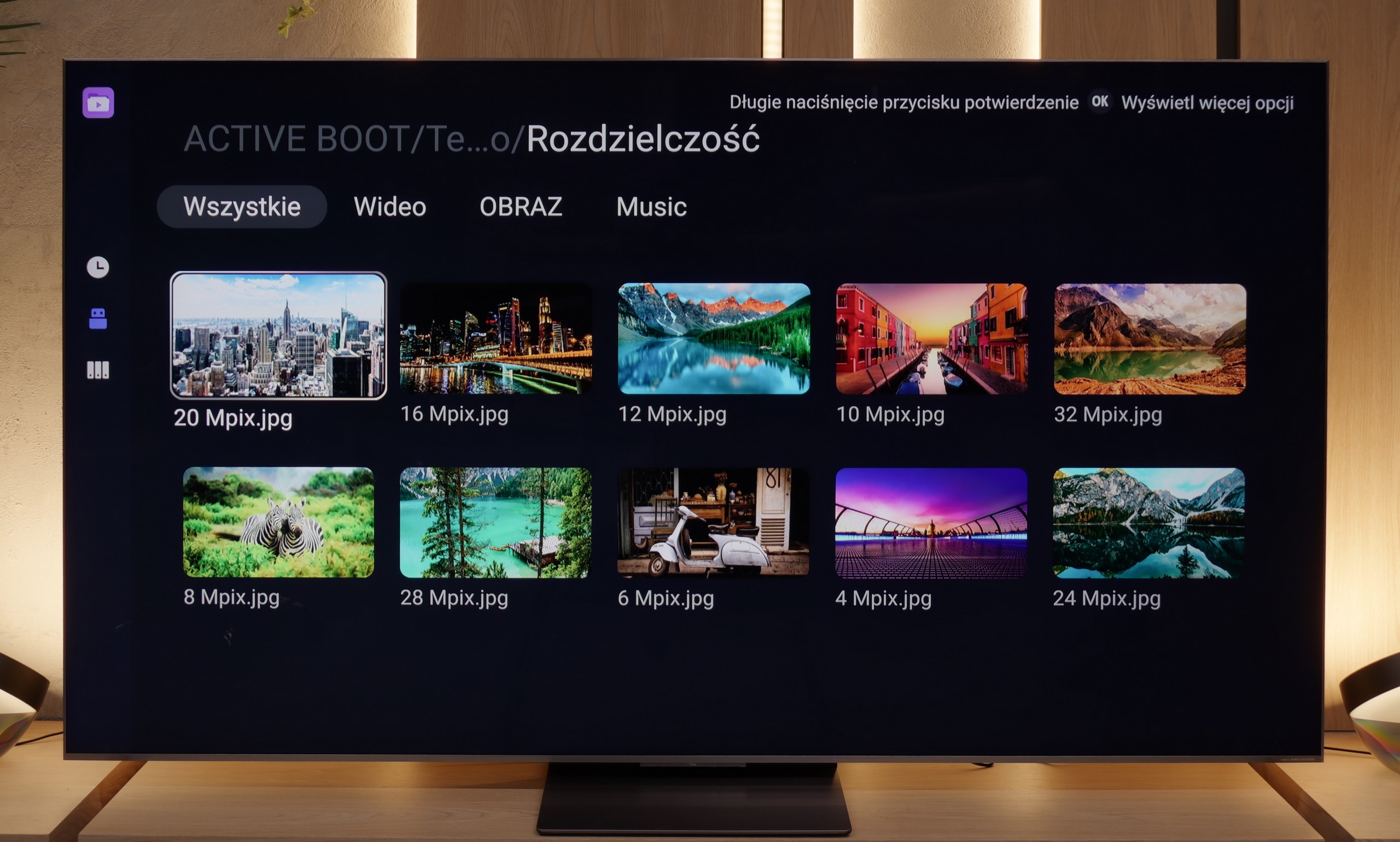Classic TV Features
TCL C8K offers the vast majority of features that we consider essential today. It has a classic and clear program guide (EPG), teletext functionality, and connecting a keyboard, mouse, or Bluetooth headphones was no problem at all. It's a bit of a shame that the Google TV system – like many other TCL models – lacks more advanced options such as program recording or picture-in-picture (PiP) functionality. For some users, this could be a downside, especially if they are used to these options with other manufacturers. There can also be some concerns about the number of USB ports – there is only one. However, in practice, most people will find this sufficient to connect a drive with movies or a USB stick.
Smart Features
While the classic TV features are not the strong suit of the C8K, when it comes to smart features, this TV really shows its claws. The Google TV system used is the largest and most popular platform on the market – and it shows at every turn. The availability of apps is phenomenal. Netflix, YouTube, Disney+, HBO Max, Amazon Prime – you can find all of these here without the slightest problem. Only really niche or closed ecosystems (e.g. Apple Music) may not be available. The built-in voice assistant works very efficiently – you can ask it to change the channel, launch an app, search for a movie, or check the weather. The system responds naturally and quickly, providing a genuine sense of convenience and modernity. This is where the C8K definitely outpaces much of the competition – after all, that’s why we have smart TVs, to do more than just display an image.
Functional Features
Let's start with the basics, which are the classic functions of a television. The Philips OLED770 doesn’t turn the table here; we have a standard EPG interface, the ability to connect devices via Bluetooth, and a few simple configuration options including teletext. Interestingly, there is a jack connection, which is becoming quite rare these days. However, those with older receivers or wired headphones will appreciate it. The remote creates a good impression – it’s ergonomic and has a backlit numeric keypad – but there’s also a sense of a step back here. It works via infrared, so you have to aim it at the television, and frankly, by 2025 we would expect full wireless support. The exception is voice commands, which use Bluetooth, but even here there’s no reason for euphoria.
SmartTV Features – TitanOS
Speaking of voice, let’s move on to the Smart TV system, which is an element that largely defines the daily comfort of using a television today. And here the OLED770 clearly lags behind the competition. TitanOS operates quickly enough that it's not a disaster, but daily use can be frustrating due to minor bugs and shortcomings. Theoretically, we get support for AirPlay, but on the other hand, screen mirroring just didn’t work at all in practice. Voice search? Yes, but only through Amazon Alexa and without support for the Polish language. In other words, the features are there, but when we try to use them, we find that their practicality is severely limited and nearly useless. And it’s this Smart TV aspect that becomes the greatest hindrance of the OLED770. The image can be astonishing, gaming is excellent, and Ambilight creates a unique atmosphere – but when we transition to daily use of apps and services, we feel a sense of dissatisfaction.
Ambilight – Philips OLED770
Although in terms of smart functionality, the Philips OLED770 is rather average, it has something in store that its competitors honestly envy. We’re talking about the three-sided Ambilight system, which has been a hallmark of this brand’s televisions for years. The LED lights positioned at the back of the housing dynamically illuminate the wall in colours matched to whatever is happening on the screen at that moment. The effect is simple but very suggestive – the image seems to extend beyond the boundaries of the television, giving us the impression that the screen has suddenly grown by extra inches. During a movie screening, it can create atmosphere, in games it enhances immersion, and during regular TV viewing, it simply pleases the eye. It’s this addition that makes it so that despite the limitations of TitanOS, the OLED770 has something that can attract attention and give it character.
